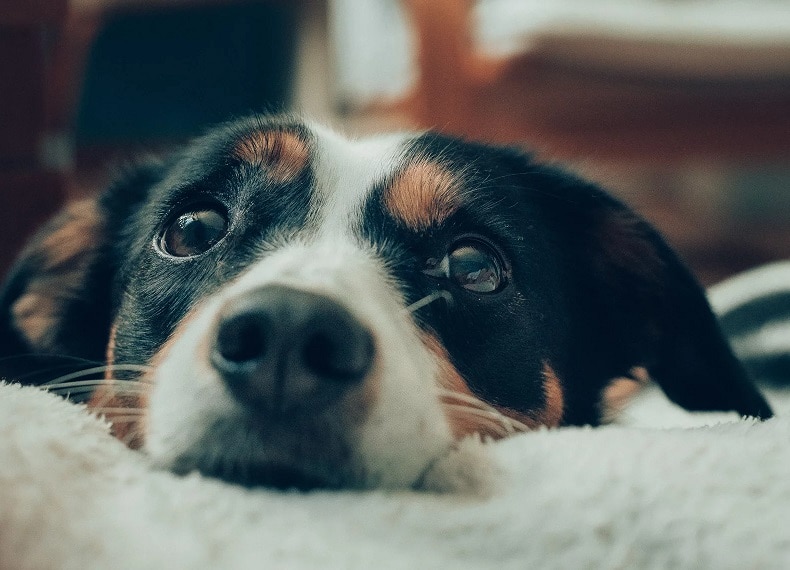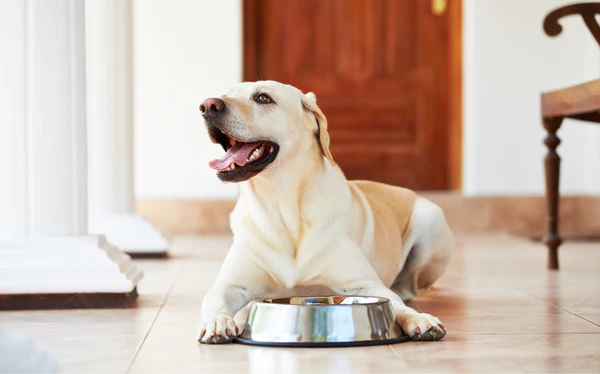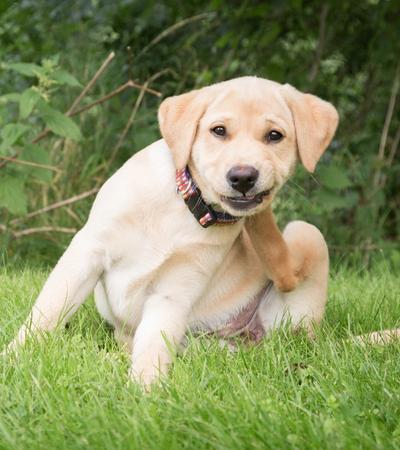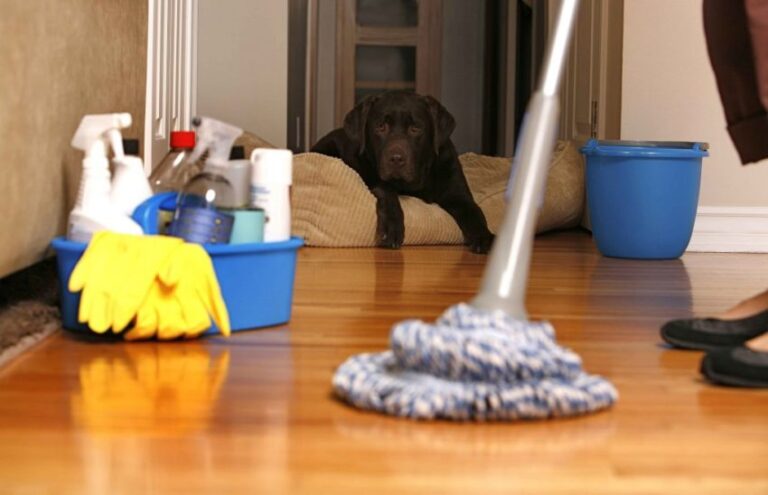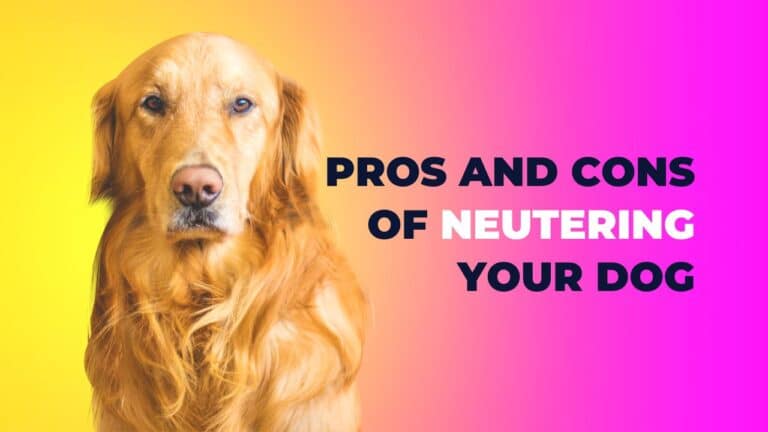Noise phobia is a common issue among dogs that can manifest in various ways, from mild anxiety to extreme fear. As a pet owner, it’s important to understand how to support your furry friend during times of distress. In this article, we will discuss effective strategies and solutions for helping dogs cope with noise phobia, so they can lead a happier and more comfortable life.
Noise Phobia in Dogs
Noise phobia in dogs is a common behavioral issue that can have a significant impact on their well-being. Dogs with noise phobia may exhibit extreme fear and anxiety in response to loud or sudden noises, such as thunderstorms, fireworks, or construction sounds.
Causes of Noise Phobia
There is no single cause of noise phobia in dogs, but it is believed to be a combination of genetic, environmental, and past experiences. Some dogs may have a genetic predisposition to anxiety disorders, while others may develop noise phobia as a result of a traumatic event or lack of socialization.
Common Triggers
Common triggers for noise phobia in dogs include thunderstorms, fireworks, loud construction noises, gunshots, and even household appliances such as vacuum cleaners or blenders. Dogs may also become fearful of certain environmental sounds that they associate with negative experiences.
Symptoms to Look Out For
Symptoms of noise phobia in dogs can vary but may include panting, pacing, trembling, drooling, barking, hiding, or destructive behavior. Some dogs may also attempt to escape or run away in an attempt to find safety from the perceived threat.
Overall, it is important for dog owners to be aware of the signs of noise phobia in their pets and seek help from a veterinarian or professional trainer if needed. By understanding and addressing the underlying causes of noise phobia, dog owners can help their pets feel more comfortable and secure during stressful situations.
Impact of Noise Phobia on Dogs
Noise phobia is a common issue among dogs that can have significant impacts on their well-being and quality of life. This condition can be triggered by loud noises such as thunderstorms, fireworks, or construction sounds, and can lead to a range of physical and behavioral symptoms in affected dogs.
Physical Effects
Dogs with noise phobia may exhibit a variety of physical symptoms in response to loud noises. These can include trembling, panting, pacing, drooling, and even vomiting. In severe cases, dogs may also experience an elevated heart rate and blood pressure, which can be harmful to their overall health.
Behavioral Changes
In addition to physical symptoms, noise phobia can also cause significant behavioral changes in dogs. They may become more clingy, seek out hiding spots, or exhibit destructive behaviors such as chewing or digging. Some dogs may also become aggressive or show signs of fear aggression towards their owners or other animals.
Long-Term Consequences
If left untreated, noise phobia can have long-term consequences for dogs. They may develop chronic anxiety disorders, which can impact their overall quality of life and well-being. Additionally, prolonged exposure to stress and fear can have a negative impact on their physical health, leading to other medical issues over time.
Overall, it is important for dog owners to recognize the signs of noise phobia in their pets and seek appropriate support and treatment to help them manage this condition effectively. By understanding the impact of noise phobia on dogs, we can better support our furry friends and ensure they live happy and healthy lives.
Methods to Support Dogs with Noise Phobia
Noise phobia is a common issue among dogs that can cause immense stress and anxiety. Fortunately, there are several methods that can help support dogs with noise phobia and improve their quality of life.
Helping Dogs with Noise Phobia: Tips and Techniques
- Recognize Signs of Fear: Be aware of your dog’s behavior, including trembling, panting, pacing, or hiding, which may indicate they’re scared.
- Desensitization: Gradually expose your dog to the noise that triggers their fear, starting at a low level and increasing it slowly over time.
- Consult a Vet: Seek professional advice before giving your dog any medications for their fear. A vet can recommend the best course of action.
- Create a Safe Space: Provide a cozy retreat for your dog during noisy events, such as a crate covered with a blanket, where they can feel secure.
- Early Socialization: Introduce your dog to a variety of sounds and experiences from a young age to build resilience against noise phobia.
- Counterconditioning: Associate the triggering noise with positive experiences, like treats or playtime, to change your dog’s emotional response.
- Offer Distractions: Provide toys or engage in play with your dog during noisy times to redirect their focus away from fear.
- Use Relaxing Music: Play calming music to create a soothing environment for your dog, potentially reducing their sensitivity to loud noises.
Noise phobia is a common issue among dogs that can greatly impact their quality of life. By understanding the causes and symptoms of noise phobia, pet owners can better support their furry friends during times of stress and anxiety. Whether through behavioral training, medication, or creating a safe and calm environment, there are various ways to help dogs cope with noise phobia. With patience, understanding, and the right resources, pet owners can make a positive difference in their dog’s well-being and overall happiness.

